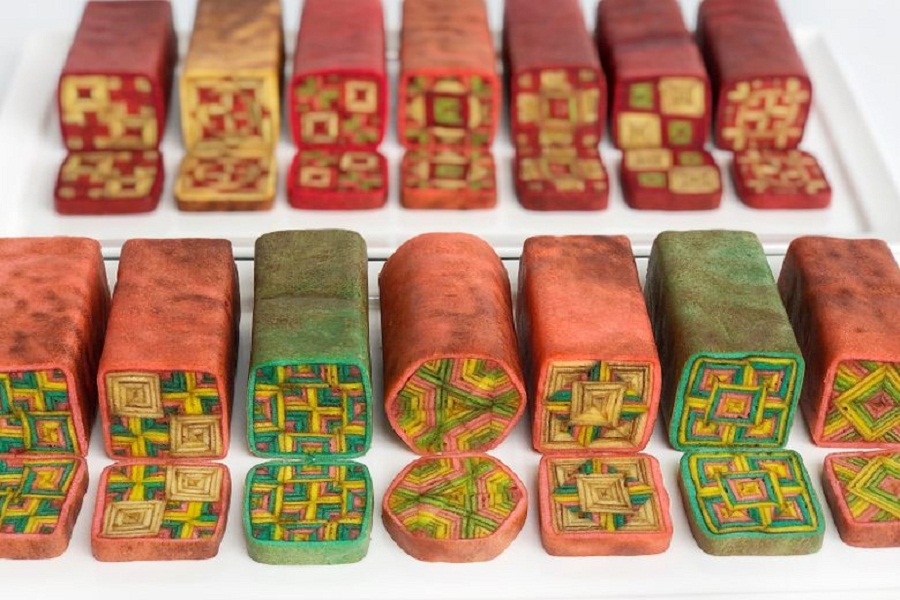
Published :
Updated :

Kek Lapis, a visually stunning and intricate layered cake, is a must-have during Malaysia's `Raya,' the local name for Ramadan. This melt-in-your-mouth dessert boasts a rich history and requires patience, precision, and artistic flair to create.
The cake's origins can be traced back to the Dutch, who introduced a plain European spit cake to Indonesia in the mid-19th century. Indonesians incorporated local spices and transformed it into the lapis legit, known for its numerous layers. The cake arrived in neighbouring Malaysia in the 1970s, where it was elevated to an art form.
Making a perfect kek lapis is challenging. Some bakers use the scientific method to create a design, meticulously layer batter and broil each layer. The most straightforward kek lapis features alternating light and dark strips, while more complex designs involve geometric patterns and can take up to eight hours to complete.
The intricate process requires planning and a steady hand. Even a minor mistake can ruin the cake, forcing bakers to start over.
However, the bakers find immense satisfaction in creating flawless kek lapis, a reward for their dedication and skill.
Kek lapis comes in various flavours, from classic chocolate and vanilla to modern options like Horlicks and Milo. Bakers also experiment with new ingredients and flavour pairings to cater to younger generations. Despite its rising popularity, kek lapis remains a cherished tradition, holding a special place in celebrations across Malaysia.
This laborious process results in a higher price tag, with some cakes ranging between $50 and $60. However, this doesn't deter dedicated customers who appreciate the cake's unique taste and cultural significance.


 For all latest news, follow The Financial Express Google News channel.
For all latest news, follow The Financial Express Google News channel.